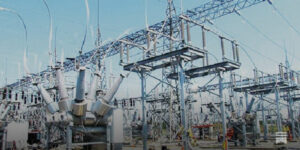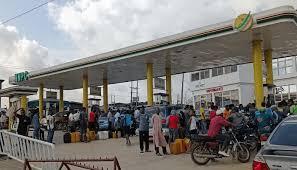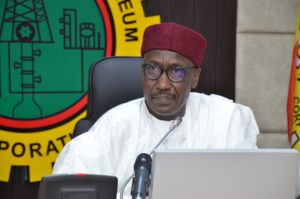Experts give reasons for poor performance of Nigeria’s hydro dams

Suleman Aidris
Nigeria’s near-zero hydroelectricity generation has been attributed to the obsolete nature of Kaplan and propeller reaction turbines used in most of the country’s hydroelectric dams to generate electricity.
This was part of the views expressed by experts in a conversation with EnergyDay on the efficiency of the country’s hydro dams.
EnergyDay’s check shows that major plants such as Kainji, Jebba, Shiroro, and the others, including Zungeru and Kashimbilla, contributing almost nothing into the grid system , because most of them are presently undergoing construction, while others are at various stages of completion.
The dams are, however, configured to deliver multiple services, particularly electric power generation, irrigation, and reservoirs to the communities. Industry figure puts their combined capacity to about 6000 MegaWatt.
Engr. Henry Danjuma, a power sector consultant, revealed that most of the generating turbines are old and specifically built to cater for the 18th and 19th century power needs. He noted that the efficiency of the turbines may not work for the twentieth century due to the flexibility of utility needs.
According to him, the turbines have outlived their usefulness and efficiency. No amount of rehabilitation and maintenance can bring them to optimal capacity.
Engr. Danjuma said, “The hydro dams are supposed to be the major driving and contributing force in the energy sector, where it can be estimated to produce about 50% of energy demand via the national electrical grid if efficiently functional. In contrast, our dams don’t function at maximum capacity and, therefore, are only able to make a minimum or near zero contribution to the national grid pool.
“Most water levels are not constant due to the rainy season. As such, the drop in level will also be responsible for the reduction in the pressure heads, which are responsible for the low generation from the turbines.”
“In the interim, I agree that most of the hydro dams in Nigeria need urgent attention and rehabilitation, but we need to completely overhaul them if we really want the plants to deliver significantly into the grid system. The turbines must also be rehabilitated from time to time or at best changed to a more flexible and optimal system.
“Dredging the dams will also ensure that water levels do not rapidly drop to a critical level, affecting the output of generation,” Danjuma said.
He, on the other hand, blamed the Federal Government for inconsistency in policy and lack of commitment to drive the power sector reforms. He said that the present administration lacks the will to boost infrastructure, make power efficient and readily available to millions of Nigerians.
Engr. Danjuma said, “The policies of the government don’t give a strong backing to the transition of our dams to the first generation dams. The hydroelectric dams are due for dredging, but the government does not have the political will to do that. It revolves around government policy and the blueprint regarding the power sector.”
Eng. Hamisu Gusau, another energy consultant, said growth, development and generation of hydropower depend on physical evaluation, the right policy and adequate funding for the effective provision of power to the national grid.
He said, “For instance, in Zamfara state, there is a large irrigation dam in the Talata Mafara area that has been abandoned for years, despite its ability to generate up to 47, 000 megawatts of electricity. Nothing much has been done to put this huge reserve into use.
“The dam has been inspected and has fulfilled all the requirements for proper power generation, including water availability verification, distance from the load center, accessibility of the site and a large catchment area.
Engr. Gusau noted that it would be difficult for the country to record significant improvement in hydro power, adding that the Federal Government and the relevant agencies and ministries lack the commitment to upgrade the appropriate infrastructure.
According to him, contractors have formed the habit of installing refurbished turbines of lower quality, so the country would be made to spend millions of taxpayers’ money on their maintenance.
EnergyDay checks further revealed that while hydropower technology is advancing at a dynamic speed with examples of Marine and HydroKinetic Technologies coming on stream around the world, the peculiar circumstances of individual countries may remain a barrier.
Experts have expressed the view that Nigeria’s policy partnership with some of the Chinese firms for the development of local technology capacity may still prove inadequate, if the initiative is not expanded to include global perspectives.




